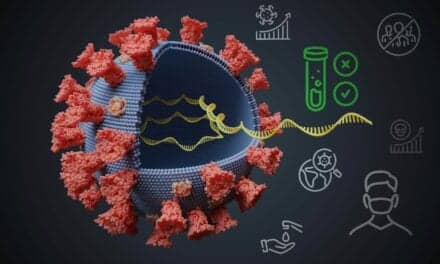The first clinical studies comparing the READ (Real Amplicon Detection) PCR technology against established real-time PCR tests for tuberculosis (TB) and sexually transmitted infections (STIs) found the next-generation READ technology comparable for detecting positive results and superior in detecting false negative results, correcting one-in-four results that previously tested negative by the conventional technology.
"These results reveal the potential for tests based on READ technology to deliver higher levels of efficiency and effectiveness in patient care. Our new Magicplex tests will be a great asset to healthcare providers, enabling clinics to provide better patient care, and giving reference labs the ability to test a wider range of pathogens with remarkably higher specificity and sensitivity," said Jong-Yoon Chun, Founder and Chief Executive Officer, [removed]Seegene[/removed].
Introduced in January 2010 by Seegene, the Magicplex READ Real-Time platform combines the advantages of multiplex and nested PCR in a real-time system returning an order-of-magnitude improvement in specificity and sensitivity over currently available PCR systems and creating the potential for high-throughput assays.
Conducted at a major hospital in Korea the objective of the READ comparison study was to demonstrate effectiveness of Magicplex when applied to screenings for common hospital-based pathogens.
TB Test Results:
Testing 498 TB sputum samples the Magicplex test identified the same number of positive outcomes as a widely used Real-time PCR detection method (137/498). However, when Magicplex was then used to test the 186 samples tested negative by the conventional real-time PCR test, Magicplex identified 49 false negative samples. This represents a 26% rate of false negatives for the currently used testing method, or a rate of 10% among the total patient population.
In addition to a superior sensitivity, a critical advantage to the Magicplex TB test for care givers is the ability to use a greater variety of available patient biological samples, including aseptic fluids (pleural fluid, blood, bone marrow, CSF), tissue (fresh tissue, paraffin-embedded tissue, slide tissue), urine, and stool, in addition to the sputum or bronchoalveolar lavage (BAL) samples used by conventional tests.
STI / CT Test Results:
Testing 198 swab samples for Chlamydia trachomatis (CT), the Magicplex identified the same number of positive outcomes as a commonly used Real-time PCR test (29/198). However, Magicplex identified 9 false negatives among the 38 samples tested negative by the established PCR method, representing a 24% rate of false negatives or a rate of 5% among the total patient population.
Significantly, while the current test only screened for CT, the Magicplex test simultaneously tested five STI pathogens simultaneously identifying 50 patients with CT/Neisseria gonorrhea, and a further 74 patients presenting with Mycoplasma hominis, Mycoplasma genitalium, or Ureaplasma urealyticum. This wider result revealed 51% of patients in the tested population were positive for STI, highlighting the superior sensitivity of the READ technology but more significantly demonstrating to providers the vital importance for multiplexing in the healthcare setting.
The real-time READ PCR technology of Magicplex assays is a departure from probe- and primer-based PCR methods to produce false-free detection. Real-time READ PCR works in a simple two-step process: first specifically amplifying the DNA sequence of target pathogens, then simply reading those signals using any PCR instrument.




